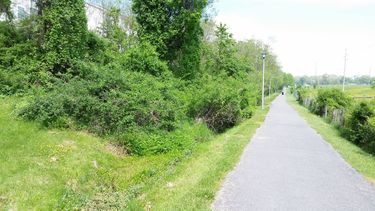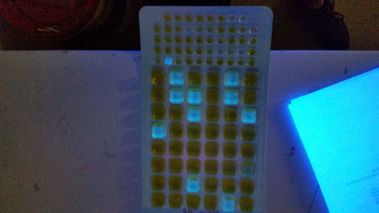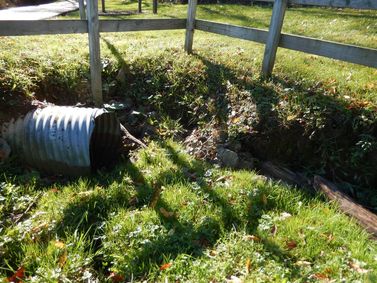|
THE PROBLEM
Salts are common elements in terrestrial and aquatic ecosystems. Numerous human activities increase salt in catchment soils and surface waters, including: irrigation waters, deicing salts, concrete dissolution (Ca), liming and fertilizers (K, Ca & Mg), acid rain depletion and recovery (Ca), surface mining (Ca), wastewater effluent (Ca, Na), and flooding and salt water intrusion (Na). Large increases in total salt concentration (salinity) is a known driver of aquatic biogeochemistry and ecology, as well as microbial population and community structure. The subtle effects of specific base cations at low concentrations are poorly understood. If specific base cations appreciably alter freshwater biogeochemistry and underlying microbial communities at low salinities, then they could be an unrecognized driver of ecosystems. CURENT PROJECTS Linking Alternative Irrigation Water Salinity To The Fate Of Pathogenic Bacteria, 2022 - 2026 Alternative irrigation waters often contain greater salt concentrations. Irrigation waters and soil are reservoirs of bacteria and control points in the contamination of vegetable crops. Salinity increases the persistence of fecal indicator bacteria in water, suggesting that pathogenic bacteria may also survive longer when moderately saline irrigation water is use. This project will determine whether irrigation water salinity alters the fate of indicator and pathogenic bacteria in tomato and lettuce production. We will use three independent approaches. We will collect alternative and traditional irrigation waters from vegetable producers across Virginia and determine 1) the ranges of salinities and salt types of waters, 2) correlations with indicator bacteria, and 3) regional hotspots where salinities and indicator bacteria are high. Then using controlled greenhouse studies, we will inoculate and determine the fate of indicator and pathogenic bacteria in different irrigation waters, and in soil and plants grown with different irrigation water salinities. This work will provide the knowledge necessary to determine whether irrigation salinity increases the persistence of pathogens and risk of contamination, and make informed recommendations for alternative and salinizing irrigation waters, thus improving management practices for alternative water source use in vegetable production. Angineh Parsadanians is the lead PhD student on the irrigation water quality aspects of this project. This project is done in collaboration with Drs. Brian Badgley, Laura Strawn, and Steve Rideout, and Amber Vallotton and funded by USDA NIFA Water Quantity and Quality program. Completed Projects Base cations as drivers of microbial ecology in freshwater systems: Implications for water quality management and ecosystem resilience, 2017 - 2020 The goal of this project is to determine if base cations directly alter the microbial community structure and persistence of fecal indicator bacteria in aquatic ecosystems. Using laboratory mesocosms , we will quantify the effects of individual base cations on: 1) the total microbial community structure in aquatic systems, and 2) the persistence of different populations of water quality indicator bacteria. This project is done in collaboration with Drs. Brian Badgley, Bryan Brown, and Leigh-Anne Krometis and funded by the Institute for Critical and Technology and Applied Science @ Virginia Tech. |



